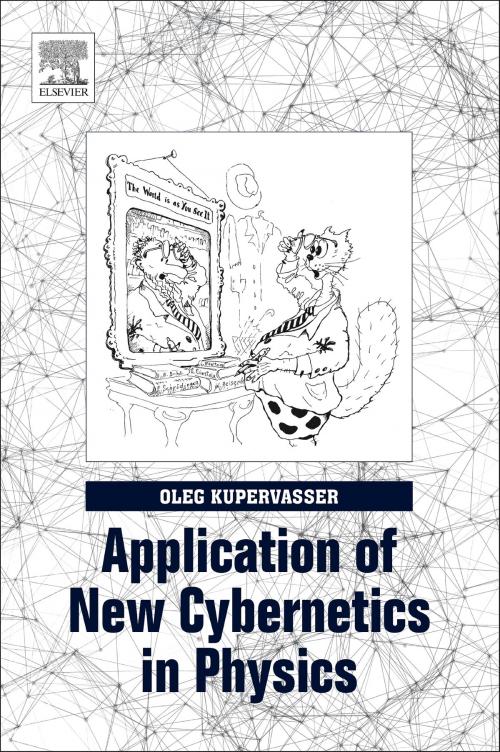Application of New Cybernetics in Physics
Nonfiction, Science & Nature, Science, Physics, Chaotic Behavior, General Physics| Author: | Oleg Kupervasser | ISBN: | 9780128133187 |
| Publisher: | Elsevier Science | Publication: | June 28, 2017 |
| Imprint: | Elsevier | Language: | English |
| Author: | Oleg Kupervasser |
| ISBN: | 9780128133187 |
| Publisher: | Elsevier Science |
| Publication: | June 28, 2017 |
| Imprint: | Elsevier |
| Language: | English |
Application of New Cybernetics in Physics describes the application of new cybernetics to physical problems and the resolution of basic physical paradoxes by considering external observer influence. This aids the reader in solving problems that were solved incorrectly or have not been solved.
Three groups of problems of the new cybernetics are considered in the book:
(a) Systems that can be calculated based on known physics of subsystems. This includes the external observer influence calculated from basic physical laws (ideal dynamics) and dynamics of a physical system influenced even by low noise (observable dynamics).
(b) Emergent systems. This includes external noise from the observer by using the black box model (complex dynamics), external noise from the observer by using the observer’s intuition (unpredictable dynamics), defining boundaries of application of scientific methods for system behavior prediction, and the role of the observer’s intuition for unpredictable systems.
(c) Methods for solution of basic physical paradoxes by using methods of the new cybernetics: the entropy increase paradox, Schrödinger’s cat paradox (wave package reduction in quantum mechanics), the black holes information paradox, and the time wormholes grandfather paradox. All of the above paradoxes have the same resolution based on the principles of new cybernetics. Indeed, even a small interaction of an observer with an observed system results in their time arrows’ alignment (synchronization) and results in the paradox resolution and appearance of the universal time arrow.
- Provides solutions to the basic physical paradoxes and demonstrates their practical actuality for modern physics
- Describes a wide class of molecular physics and kinetic problems to present semi-analytical and semi-qualitative calculations of solvation, flame propagation, and high-molecular formation
- Demonstrates the effectiveness in application to complex molecular systems and other many-component objects
- Includes numerous illustrations to support the text
Application of New Cybernetics in Physics describes the application of new cybernetics to physical problems and the resolution of basic physical paradoxes by considering external observer influence. This aids the reader in solving problems that were solved incorrectly or have not been solved.
Three groups of problems of the new cybernetics are considered in the book:
(a) Systems that can be calculated based on known physics of subsystems. This includes the external observer influence calculated from basic physical laws (ideal dynamics) and dynamics of a physical system influenced even by low noise (observable dynamics).
(b) Emergent systems. This includes external noise from the observer by using the black box model (complex dynamics), external noise from the observer by using the observer’s intuition (unpredictable dynamics), defining boundaries of application of scientific methods for system behavior prediction, and the role of the observer’s intuition for unpredictable systems.
(c) Methods for solution of basic physical paradoxes by using methods of the new cybernetics: the entropy increase paradox, Schrödinger’s cat paradox (wave package reduction in quantum mechanics), the black holes information paradox, and the time wormholes grandfather paradox. All of the above paradoxes have the same resolution based on the principles of new cybernetics. Indeed, even a small interaction of an observer with an observed system results in their time arrows’ alignment (synchronization) and results in the paradox resolution and appearance of the universal time arrow.
- Provides solutions to the basic physical paradoxes and demonstrates their practical actuality for modern physics
- Describes a wide class of molecular physics and kinetic problems to present semi-analytical and semi-qualitative calculations of solvation, flame propagation, and high-molecular formation
- Demonstrates the effectiveness in application to complex molecular systems and other many-component objects
- Includes numerous illustrations to support the text















